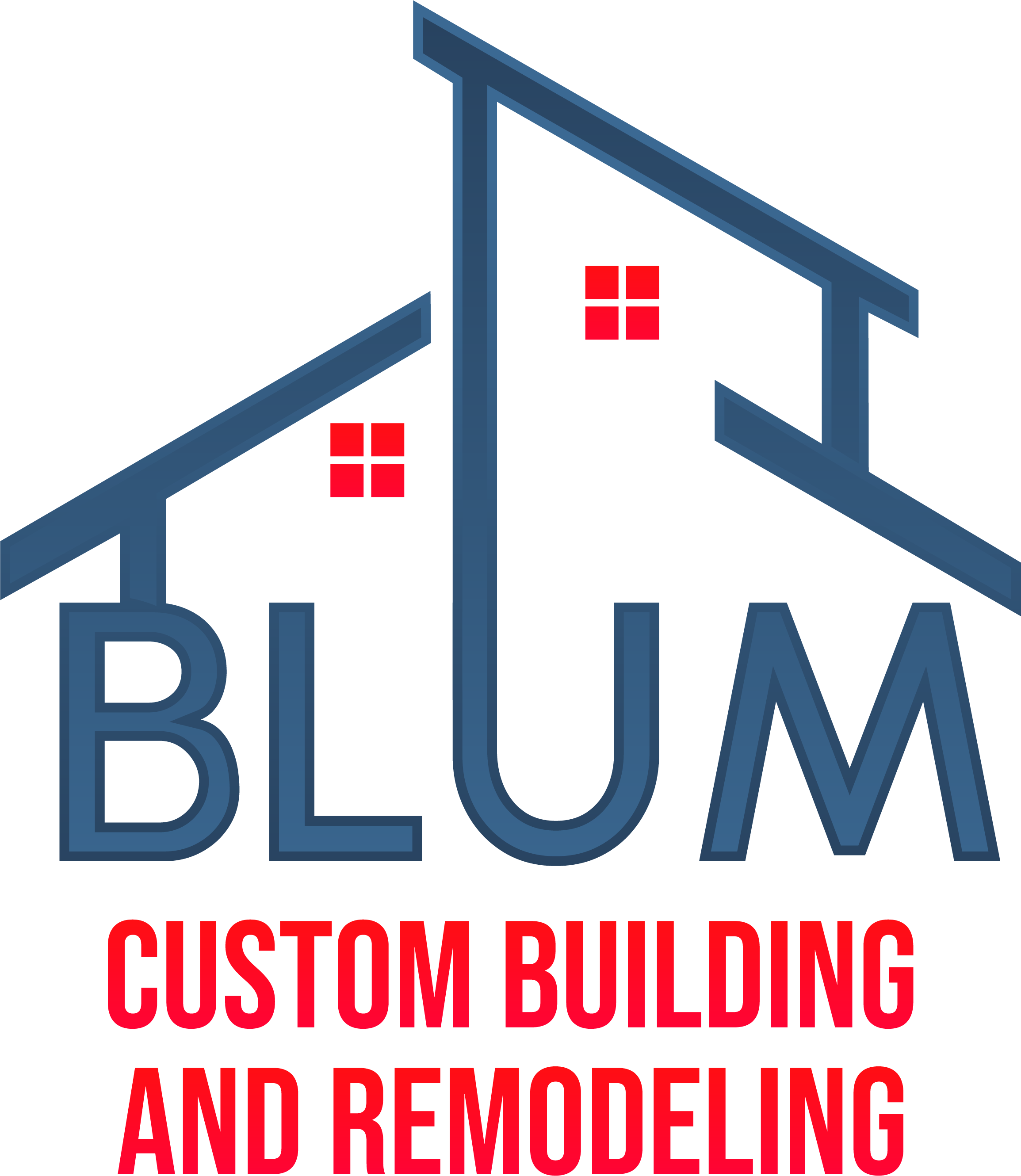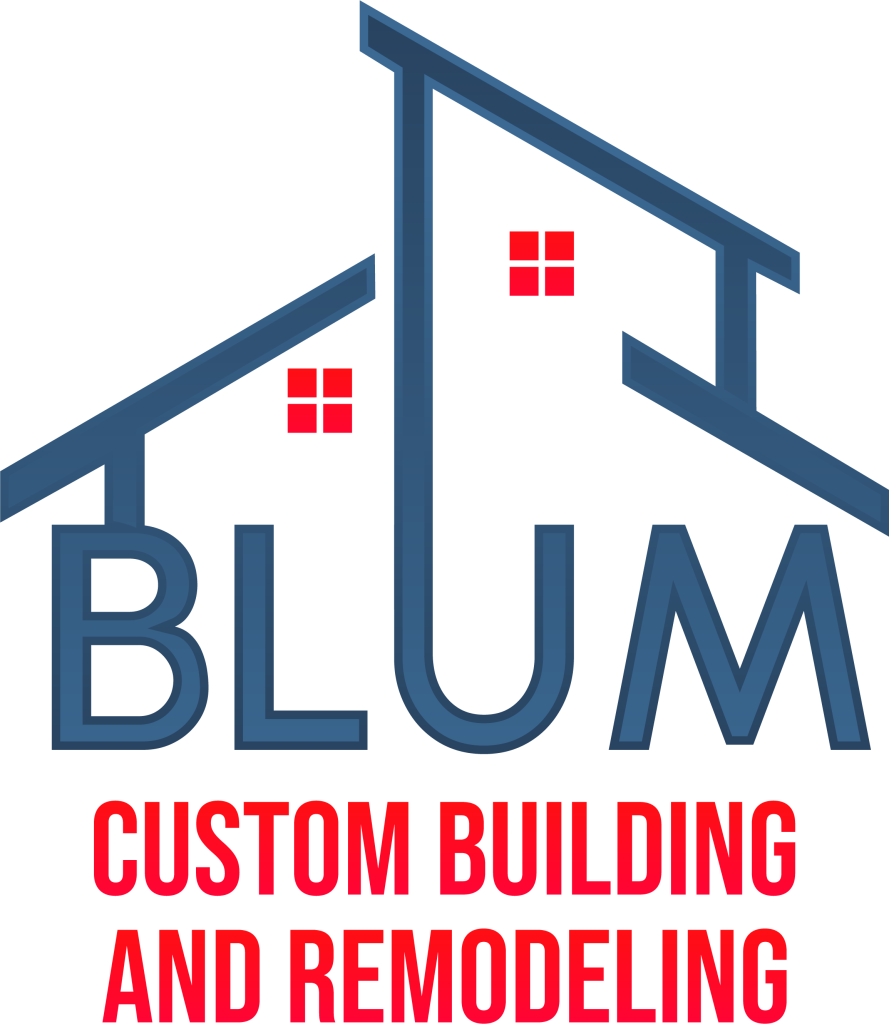Smart home technology has revolutionized how homeowners interact with their living spaces, offering unprecedented control over comfort, security, energy efficiency, and convenience. Modern automation systems integrate into both new construction and existing homes, creating personalized environments that adapt to individual preferences and daily routines.
Security & Safety Advancements
Advanced security systems provide detailed protection through multiple layers of monitoring and response capabilities. Today’s smart security solutions go far beyond traditional alarm systems, offering real-time awareness and remote management capabilities.
Integrated Surveillance Systems
High-definition cameras with night vision capabilities monitor both interior and exterior areas continuously. Cloud-based storage ensures footage remains accessible even if local equipment is compromised. Motion detection and facial recognition technology can distinguish between family members, visitors, and possible intruders, reducing false alarms while maintaining vigilant protection.
Access Control Management
Smart locks eliminate the need for physical keys while providing detailed logs of entry and exit activities. Temporary access codes allow secure entry for service providers, guests, or family members without compromising long-term security. Remote locking capabilities ensure doors remain secure even when homeowners forget to lock them manually.
Environmental Safety Monitoring
Smoke detectors, carbon monoxide sensors, and water leak detectors communicate with central control systems to provide immediate alerts and automated responses. These connected devices can trigger ventilation systems, shut off water supplies, or contact emergency services automatically when dangerous conditions are detected.
Energy Management & Efficiency
Smart home systems optimize energy consumption through automated control of heating, cooling, lighting, and appliances. These efficiencies reduce utility costs while maintaining comfort levels throughout the home.
Intelligent Climate Control
Learning thermostats adapt to family schedules and preferences, automatically adjusting temperatures for optimal comfort and efficiency. Zone-based systems allow different areas of the home to be heated or cooled independently, avoiding energy waste in unused spaces. Remote access enables homeowners to adjust settings before arriving home, ensuring comfort while minimizing energy consumption.
Automated Lighting Systems
Smart lighting systems adjust brightness and color temperature based on time of day, occupancy, and natural light levels. Motion sensors ensure lights are only active when needed, while scheduling capabilities create the appearance of occupancy during travel periods. LED technology combined with intelligent controls can reduce lighting energy consumption by up to 80% compared to traditional systems.
Appliance Integration & Monitoring
Connected appliances provide usage data and maintenance alerts while enabling remote operation and scheduling. Smart water heaters, washing machines, and dishwashers can operate during off-peak energy hours, reducing utility costs. Real-time energy monitoring helps homeowners identify consumption patterns and opportunities for additional savings.
Convenience & Lifestyle Integration
Automation systems simplify daily routines while providing new levels of convenience and customization. Voice control, smartphone apps, and automated scheduling create effortless home management experiences.
Scene & Routine Programming
Customized scenes combine multiple system functions with single commands. Morning routines might gradually increase lighting, adjust temperature, start coffee makers, and provide weather updates. Evening scenes can dim lights, lock doors, arm security systems, and set nighttime climate preferences automatically.
Voice Assistant Integration
Popular voice assistants integrate with smart home systems, allowing natural language control of lights, temperature, music, and security functions. Multiple voice assistants throughout the home provide convenient access from any location while maintaining consistent functionality across all zones.
Remote Monitoring & Control
Smartphone applications provide complete home control from anywhere in the world. Homeowners can monitor security cameras, adjust climate settings, control lighting, and receive system alerts regardless of their location. This connectivity provides peace of mind during travel while enabling proactive home management.
Health & Wellness Features
Advanced smart home systems monitor and improve indoor environmental quality, contributing to better health and comfort for occupants. Air quality sensors, humidity controls, and circadian lighting support overall wellness.
Indoor Air Quality Management
Connected air purifiers and ventilation systems monitor and respond to air quality conditions automatically. Pollutant sensors detect dust, allergens, volatile organic compounds, and other contaminants, triggering air cleaning systems as needed. Fresh air circulation systems bring in filtered outdoor air while exhausting stale indoor air.
Circadian Rhythm Support
Smart lighting systems can mimic natural sunlight patterns, supporting healthy sleep cycles and mood regulation. Color temperature adjustments throughout the day help maintain proper circadian rhythms, especially during winter months when natural light exposure is limited.
Installation & Integration Considerations
Successful smart home implementation requires careful planning, professional installation, and ongoing support to ensure reliable operation and maximum benefit realization.
Network Infrastructure Requirements
Wireless networks form the backbone of smart home systems. Professional installation ensures adequate coverage, security, and bandwidth for all connected devices. Wired connections for complicated systems provide backup connectivity and improved reliability.
Device Compatibility & Standards
Choosing devices that use common communication protocols ensures compatibility and reduces the layers. Professional installers know which products work together effectively and can recommend solutions that grow with changing needs and technology advances.
User Training & Support
All including user education ensures homeowners can fully utilize their smart home systems. Ongoing technical support helps resolve issues quickly and keeps systems operating optimally as technology evolves and new features become available.
Smart home installation is an investment in comfort, security, and efficiency that pays dividends for years to come. Professional installation ensures systems operate reliably while providing the flexibility to adapt to changing needs and advancing technology.

